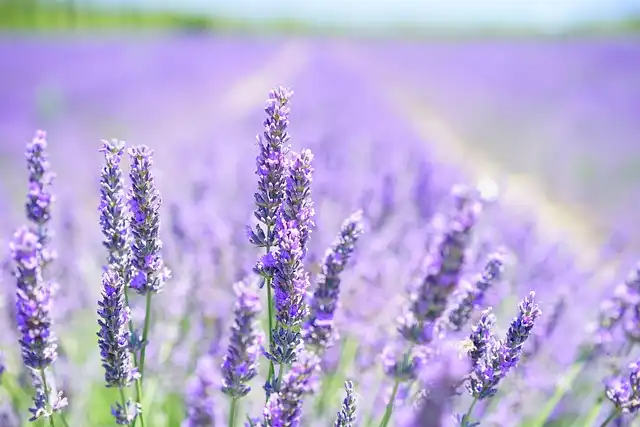Fixing Lavender: More Green Than Purple? Soil Solutions!

Is your lavender producing more green than purple? Experts reveal simple soil fixes using sand and gravel to improve drainage and achieve abundant blooms. Avoid too much nitrogen and root rot!
‘Lavender can generate leafy stems at the cost of blossoms if there is too much nitrogen in the soil or if the soil it is growing in is too productive. Adding sand or gravel can aerate the soil and decrease the strength of the nutrients, as it resembles the all-natural Mediterranean setting in which lavender expands. The sand or gravel will also help drainage in the dirt,’ explains Graham Smith MCIHort, a horticulture expert from LBS Cultivation.
Understanding Lavender’s Needs
‘Wilting or yellowing in spite of routine watering is an indication that your lavender might need much better drain. Overruning water after rainfall and dirt that stays moist for days,’ states Jane Dobbs, Gardening Team Lead at Allans Gardeners.
Contact me with news and supplies from other Future brandsReceive e-mail from us in support of our relied on companions or sponsorsBy sending your details you agree to the Terms & Conditions and Privacy Policy and are aged 16 or over.
The Sand and Gravel Solution
It’s unsatisfactory if your lavender plant doesn’t look up to scratch due to the fact that of this. However if you have actually located your plant is producing extra eco-friendly than purple, all you need to do is include sand or gravel to your soil – here’s why.
Kezia Reynolds signed up with the Ideal Home team as News Writer in September 2024. After graduating from City, University of London in 2022 with a bachelor’s level in journalism, Kezia kicked off her occupation spending two years servicing ladies’s regular magazines. She is always looking for the current home news, discovering you the best patterns and deals – so you don’t miss a thing!
Adding sand or gravel is not to be puzzled with fertilising your plant, as lavender doesn’t need much fertilizing anyhow, as it prefers inadequate dirt. This technique enhances the drain of your soil so your lavender can thrive. This achieves stunning purple flowers consequently.
‘Lavender can create leafy stems at the expense of blossoms if there is also much nitrogen in the soil or if the dirt it is growing in is also abundant. Including sand or gravel can freshen the soil and minimize the strength of the nutrients, as it mimics the all-natural Mediterranean atmosphere in which lavender expands. When lavender is in wet or badly draining dirt, it can come to be at danger of condition such as root rot. Including sand or gravel is not to be confused with fertilising your plant, as lavender does not call for much fertilizing anyhow, as it chooses bad dirt.
Choosing the Right Materials
‘It is far better to utilize contractor’s sand or pea crushed rock, as these can supply far better air flow than various other materials when used as mulch. Prevent products like great sand, as this can clump together quickly and might make it harder for water to reach the roots of the lavender,’ claims Graham.
All of us recognize and like lavender for its gorgeous fragrance and sensational purple flowers. If you’re lavender is creating more eco-friendly shoots than lavender blossoms, then it’s likely there’s too much nitrogen in your dirt – luckily, yard professionals have actually exposed the simple fix to attain an abundance of purple blossoms this summertime.
If you’re expanding lavender, you’ll understand what a wonderful addition it makes to your yard. Lavender is a preferred among and various other pollinators, while its traditional style is fit to the French-style yard garden pattern and Mediterranean yard concepts.
Recognizing Lavender Distress
When lavender is in damp or improperly draining pipes dirt, it can come to be at danger of illness such as origin rot. It’s likewise more prone to fungal infections when in extremely damp soil. Luckily for you, lavender plants reveal obvious indications when they’re dissatisfied.
1 gardening tips2 lavender
3 plant care
4 purple flowers
5 sand gravel
6 soil drainage
« Decluttering Made Easy: Permission to Let Go!Courteney’s Kitchen: Clever Corner Cabinet Storage Ideas »
